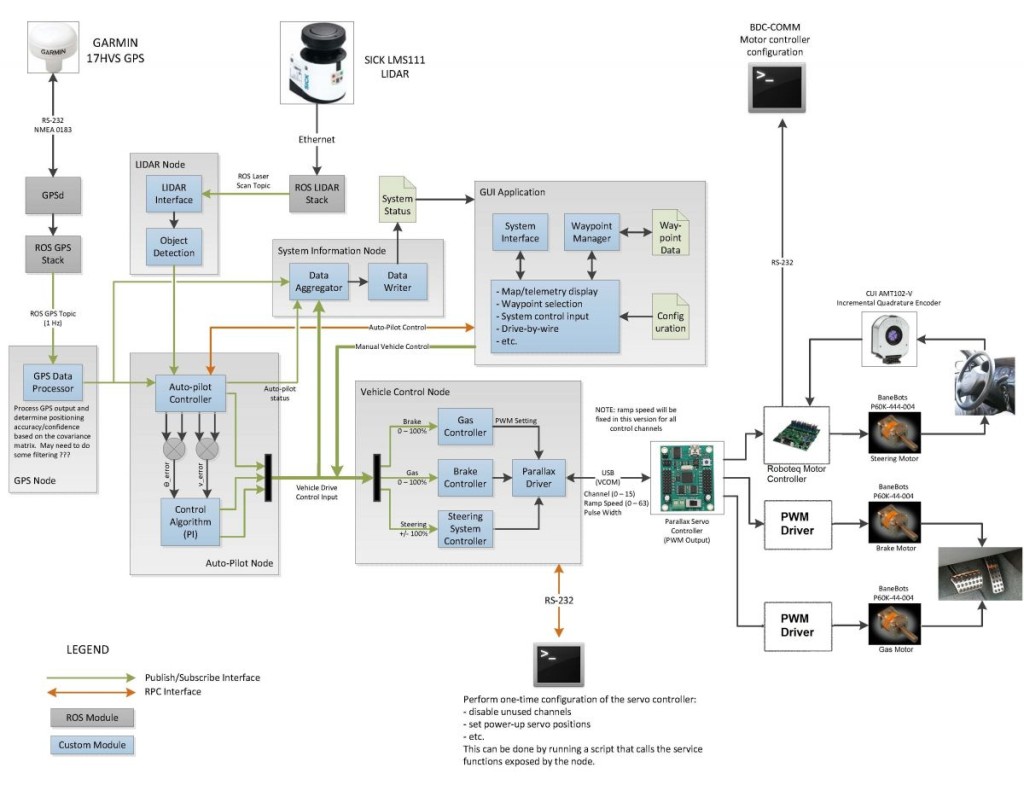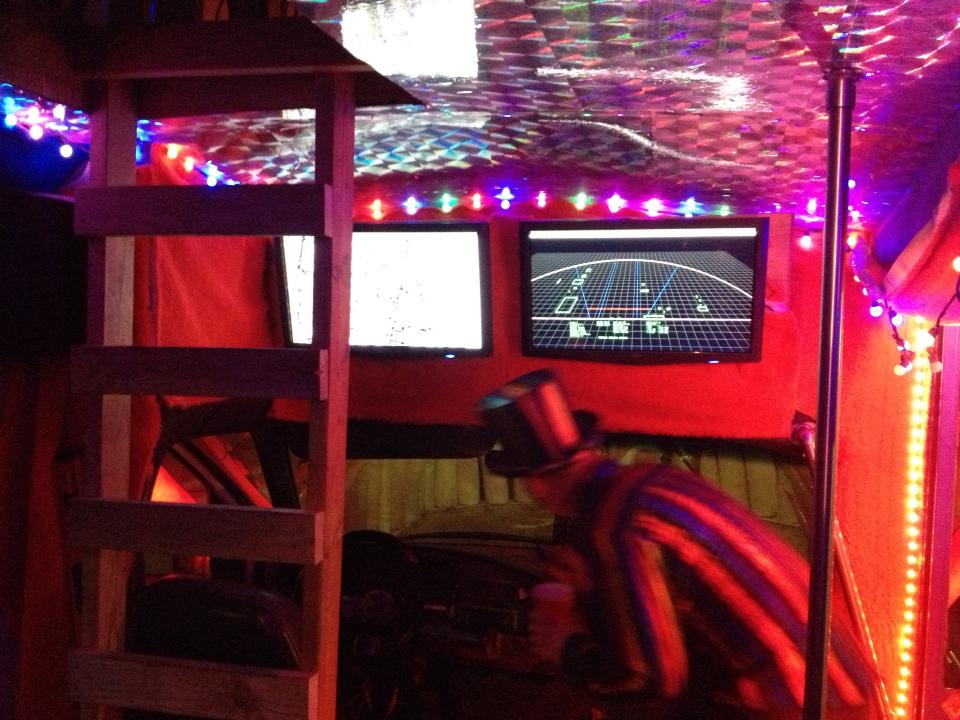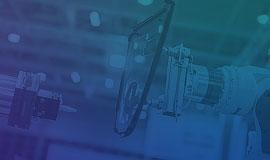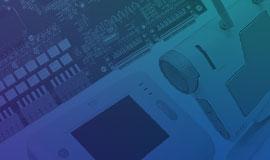By Lindsay Farlow | Aug 27, 2015
This year at Burning Man DiscoFish will be showing off some impressive autonomous capabilities. That’s right, the Fish will be able to drive itself. In addition to being really cool, the autonomous design is part of Nuvation Engineering’s plan to build domain knowledge of autonomous systems. Nuvation recently entered a 4-year research agreement with the University of Waterloo for autonomous vehicle driving systems, and we have plans for many more exciting designs in the future.
The DiscoFish autonomous design features Garmin 17HVS GPS and SICK LMS111 LIDAR. Dual 24″ touch-screens are used for waypoint selection, and map and telemetry display. Here’s a block diagram of the system:
The LIDAR (Laser Interferometry Detection and Ranging) measures distance by illuminating a target with a laser and analyzing the reflected light. The LIDAR scopes out the terrain within the detection zone and identifies any obstacles that need to be avoided.
The autopilot controller receives data from the LIDAR node and GPS data processor, uses a control algorithm to determine the best path for DiscoFish. Here’s what it looks like on the inside:
To actually drive the vehicle, separate motors control the steering, brake, and gas. The auto-pilot node provides the vehicle drive control input that determines how much brake, gas, and steering should be applied. Unless, that is, you’re driving the vehicle with a remote control. WHAT? Yes, DiscoFish also has drive-by-wire!
In the next post we’ll examine the motor controller design and show you a demonstration of remote-controlled driving. Stay tuned!
